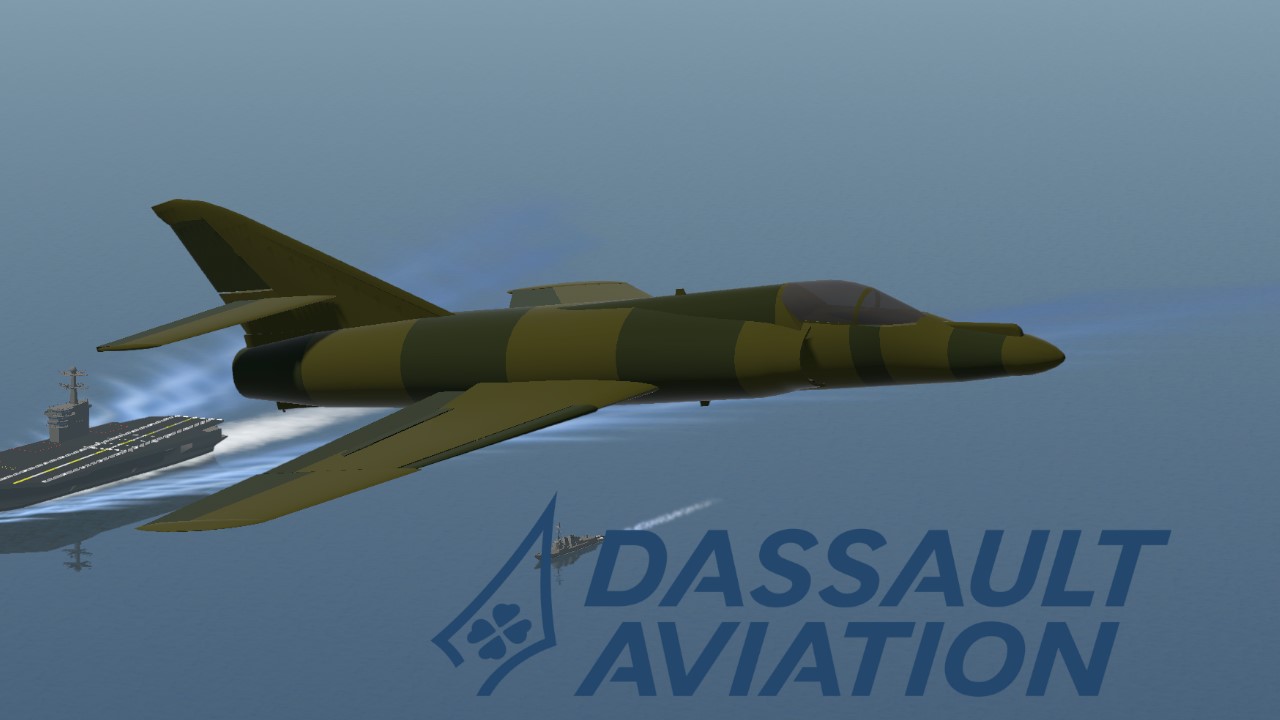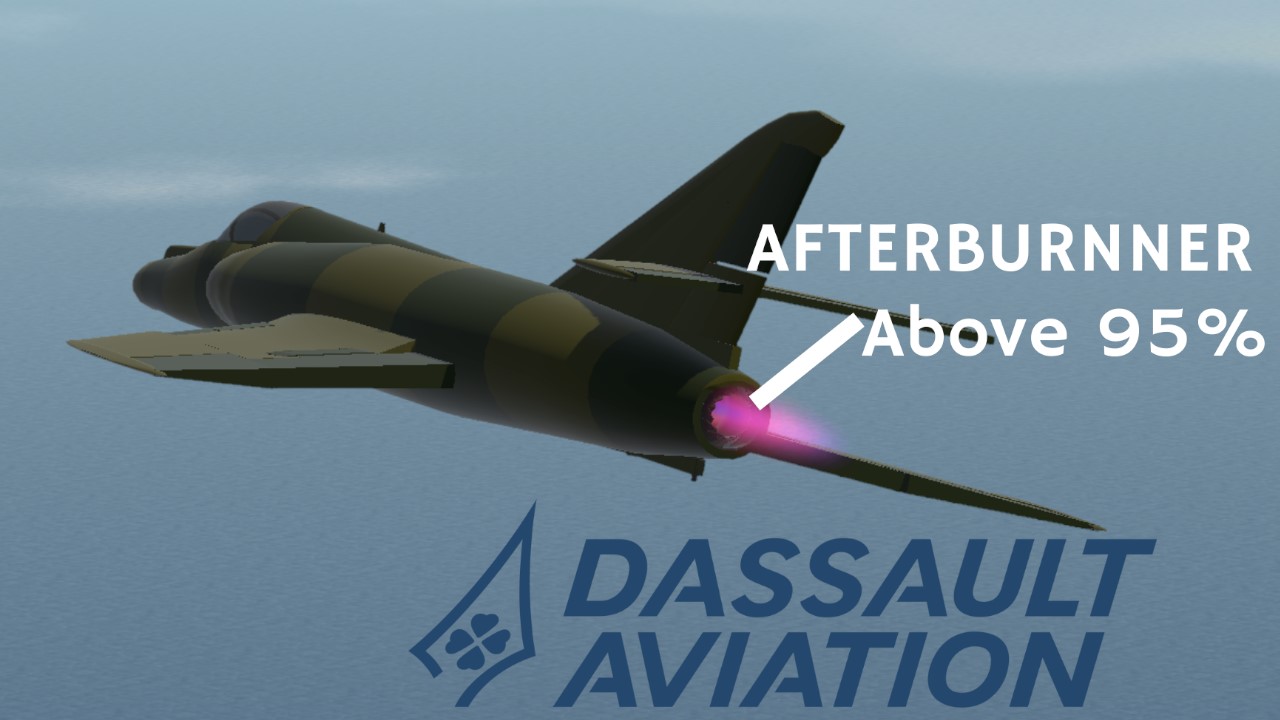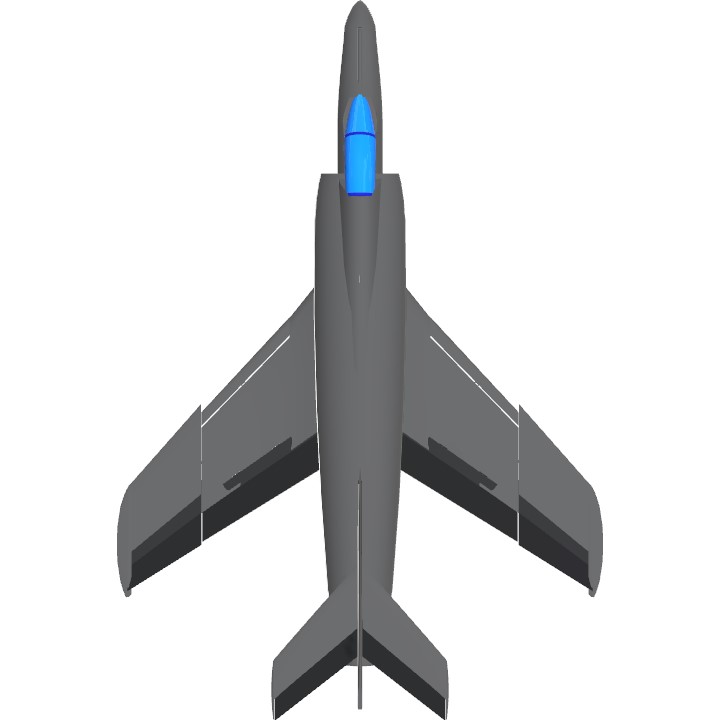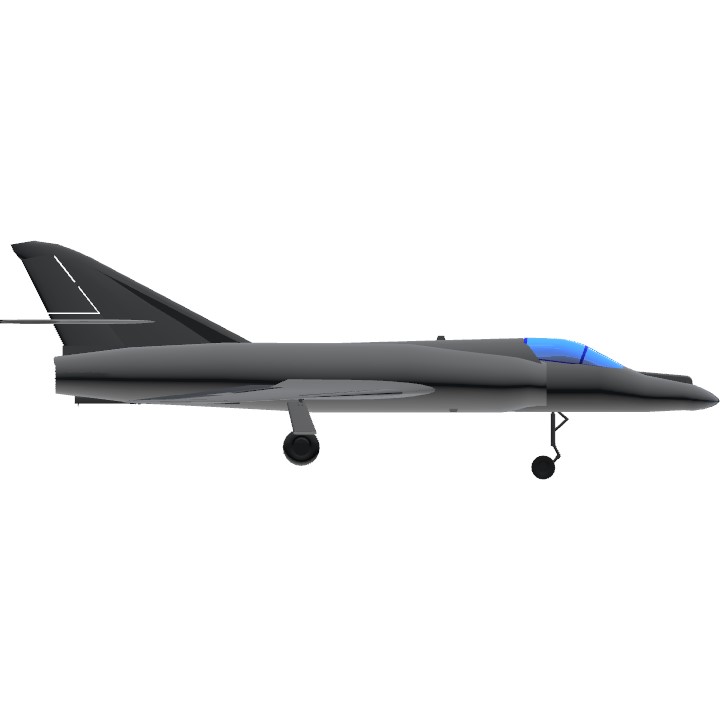In April 1954, NATO launched a program called LWTSF (Light Weight Tactical Strike Fighter) intended to provide a versatile light fighter to its various air forces. Manufacturers are forced to use the Bristol Orpheus reactor, the development of which has been financed by NATO. Dassault then launched two very similar projects, designated Mystère XXIV and Mystère XXVI: the first was powered by a Snecma Atar 101 and the second by a Bristol Orpheus 3. Redesignated Étendard IV and Étendard VI, these projects were simply Étendard II enlarged by 15 % and single reactors. A prototype of the Etendard IV was ordered by France in November 1954. It made its first flight on July 24, 1956, the day after that of the Etendard II. Flight tests show good qualities and, during a simulated combat, the plane manages to beat a Mystère IV, which is then the standard fighter of the Air Force. However, NATO refused the project because of its reactor and retained only that of the Etendard VI, which was finally beaten by the Aeritalia G.91. Disappointed, the Air Force then decided to devote itself solely to the future Mirage III. Only the French Navy finally showed interest and at the beginning of 1955 requested a version suitable for use from its aircraft carriers. Five pre-series aircraft were ordered in May 1957, with the obligation to be able to refuel each other in flight (the "buddy refueling" technique, see the article Tanker aircraft). The Étendard IV then became the Étendard IVM, after a few modifications such as the improvement of the high-lift devices, the reinforcement of the structure, the addition of an in-flight refueling pole and the lowering and enlargement of the nose to accommodate a radio range finder. The adaptations necessary for use from an aircraft carrier had however been planned from the start, which facilitates the task of the engineers. The first prototype of the Étendard IVM made its maiden flight on May 21, 19581. The second aircraft had the entire weapon sys
Specifications
General Characteristics
- Created On Windows
- Wingspan 43.0ft (13.1m)
- Length 63.7ft (19.4m)
- Height 21.1ft (6.4m)
- Empty Weight 17,292lbs (7,843kg)
- Loaded Weight 26,909lbs (12,205kg)
Performance
- Power/Weight Ratio 9.144
- Wing Loading 88.7lbs/ft2 (433.2kg/m2)
- Wing Area 303.3ft2 (28.2m2)
- Drag Points 11710
Parts
- Number of Parts 122
- Control Surfaces 8
- Performance Cost 735






